Two Haunted Counties – A Ghost Hunter’s Companion to Bedfordshire & Hertfordshire by Tony Broughall & Paul Adams
As it says on the back cover of the book, a twelfth century Gilbertine priory, a Chrysler car factory, a de-sanctified church and a Georgian period lavatory are just a few of the haunted localities from the case files of 1970s ghost buster Tony Broughall.

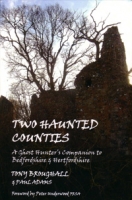
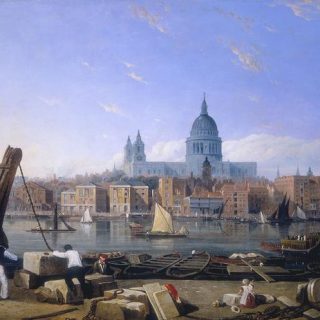
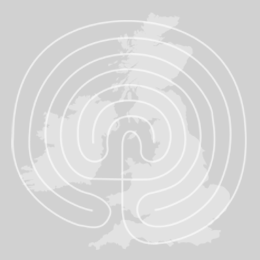
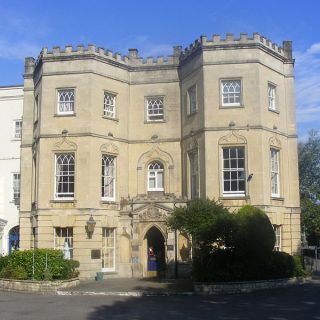
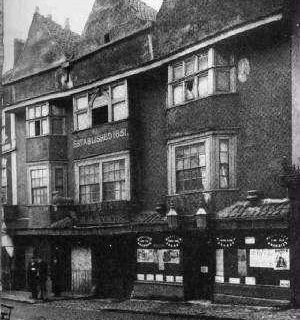
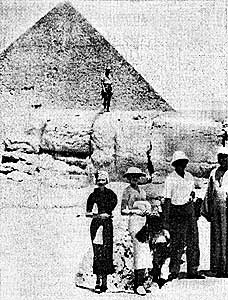
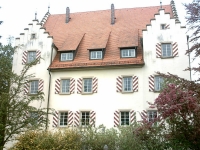
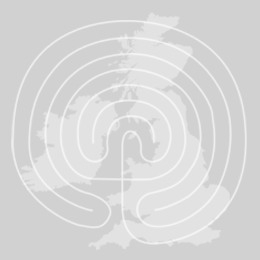
Recent Comments